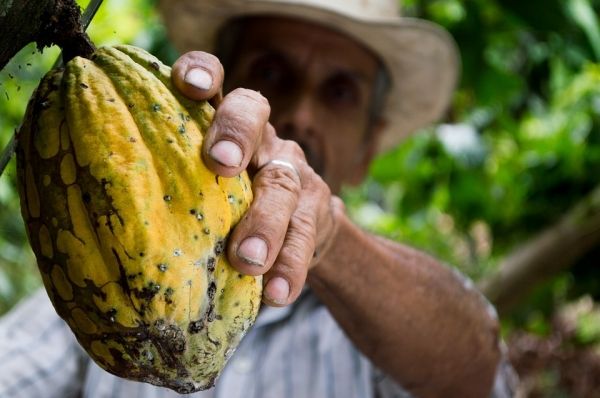Consumption of cocoa may improve walking performance for patients with peripheral artery disease, according to the results of a small, preliminary, phase II research trial published today in the American Heart Association’s journal Circulation Research.
In a small study of 44 peripheral artery disease patients over age 60, those who drank a beverage containing flavanol-rich cocoa three times a day for six months were able to walk up to 42.6 meters further in a 6-minute walking test, compared to those who drank the same number and type of beverages without cocoa. Those who drank the flavanol-rich cocoa also had improved blood flow to their calves and some improved muscle function compared to the placebo group.
Peripheral artery disease or PAD, a narrowing of the arteries that reduces blood flow from the heart to the legs, affects over 8.5 million people 40 years of age and older nationwide. The most common symptoms are pain, tightness, cramping, weakness or other discomfort in leg muscles in while walking.
“Few therapies are available for improving walking performance in people with PAD,” said lead study author Mary McDermott, M.D., the Jeremiah Stamler professor of medicine and preventive medicine at the Feinberg School of Medicine at Northwestern University in Chicago. “In addition to reduced blood flow to the legs, people with peripheral artery disease have been shown to have damaged mitochondria in their calf muscles, perhaps caused by the reduced blood flow. Mitochondria are known as the powerhouse of the cell, converting food to energy. Previous research has shown that better mitochondrial health and activity are associated with better walking performance and improving the health of damaged mitochondria could lead to walking improvements.”
Read more at American Heart Association
Photo Credit: eliasfalla via Pixabay


